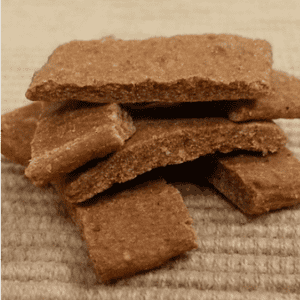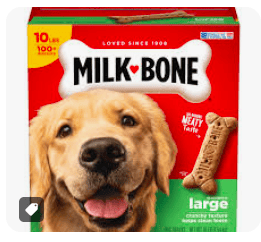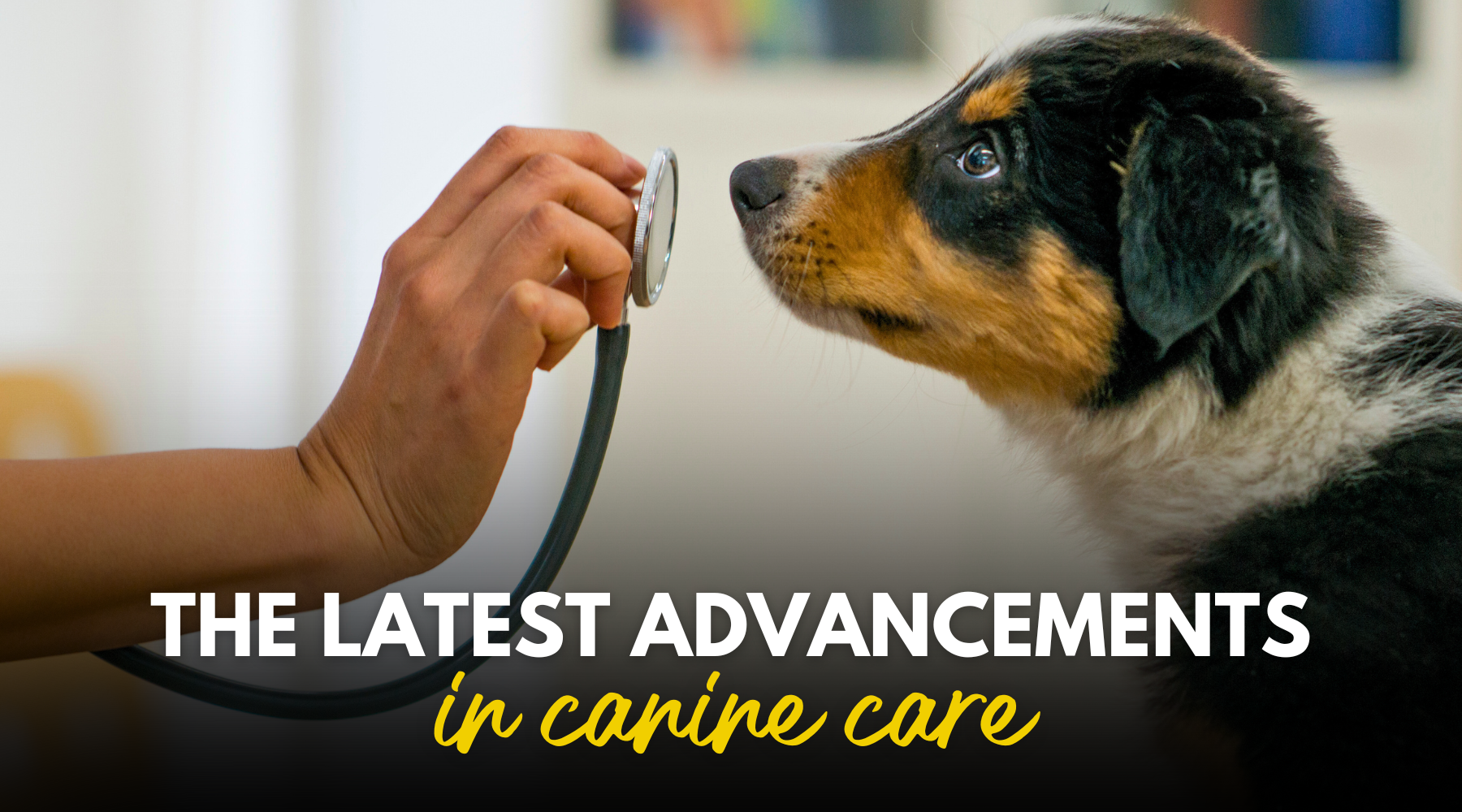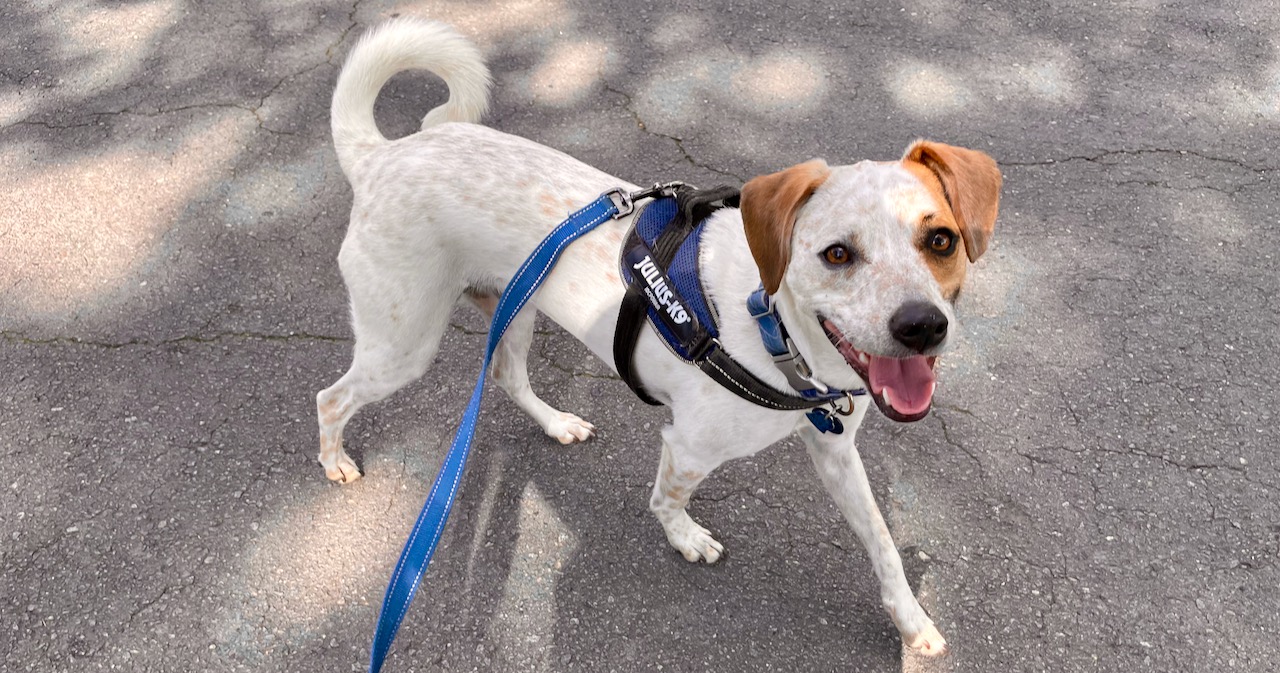One thing every dog owner hates is picking up a slimy poop on the sidewalk or a watery mess–even worse–ANYWHERE….right???
You pay a lot for an EML and benefit from 4 decades of careful breeding and screening of my bloodlines… the last thing I want is for your food choice to degrade the health and wellbeing (physically and emotionally) of your pet and your family. Professionals make professional recommendations. So for the long-term health of your pet at all stages we require a pet food of our choice (as well as treats and supplement) to ensure that it’s the best fit for our breed and our bloodlines. We always have required such, but we’ve added treats, recently, as we’ve found out that 95% of problems that people call with concerning GI health is the treats. You pet’s long-term health and immune system rely on it in this culture of exorbitant vet costs, as well as shortages of antibiotics and medications due to supply chain. We must ensure that our legacy of Labradors is not decimated by poor nutrition, ingredients, and downright harmful ingredients (beans, beans and more beans to mess with your pets hormones causing excessive shedding and numerous health crises). The cheapening of dog food ingredients in this challenging economy is real, and its not good for the future of our dogs. Because of the trust you have put in us, we know how much we believe a 100% “system” of health insurance, nutritionally, is the best insurance in this day and age.
*Store bought treats and homemade treats can cause the following issues:
*Itchy, dry skin, GI upset
*Change of protein or sub-par ingredients will cause diarrhea. Stay with the same brand of food– but feel free to change the protein if needed.
*Sub-par ingredients can cause itching (one of the FIRST symptoms that go away when people stop treats!)
*It can cause gas and bloating. Poor nutritional ingredients with too much fiber products or allergens can cause you a trip to the vet clinic for bloated tummy and discomfort.
*They can cause shedding if the ingredients don’t support the skin and coat. This can UNDO all we’ve tried to save you from with the premium food when you add sub-par treats.
*They can cause tooth decay even if marketed as “dental treats” due to the amount of carbohydrates and sugars coating them. (Unless you brush your pet’s teeth every day)
-using “cake flour” or store-bought flours in homemade treats are not species-appropriate for canines. Not even peanut butter across the board is safe for dogs. The good news is that regular peanut butter is safe to give your dog as a treat. Just make sure to avoid peanut butter with Xylitol, a sugar substitute found in lower or sugar-free products. Xylitol is the only ingredient in peanut butter that’s bad for dogs.
TABLE FOOD:
AND NO MORE TABLE FOOD (SORRY:( PLEASE–WE EAT WAY WORSE THAN OUR PETS (TRULY!) TOO MANY CARBS AND SUGARS THAT CAN COAT THEIR TEETH AND CAUSE DIABETES! JUST DON’T– AND THIS WILL CUT DOWN ON BEGGING TOO! 🙂
We want our dogs to enjoy their food, but we also want them to be healthy. For that reason, we would like to advise on ingredients to avoid in dog food, treats, and bones. Sometimes, the consumables we give them contain harmful ingredients that can affect their mood, health, and overall well-being.
 Turkey and Berry Treats/Safe treats for dogs
Turkey and Berry Treats/Safe treats for dogs
Ingredients to Avoid in Dog Food: Nasty Preservatives
Just like many human food options, dog treats, bones, and food are often filled with preservatives that give them a longer shelf life. While they might mean that you do not have to buy new food so often, many of these ingredients are known carcinogens, cause liver or kidney failure, or lead to other serious health problems. Some of these preservatives are used in pesticides, anesthesia, and antifreeze. Instead, would you not rather get a FRESH (within 30-60 days of creation–temperature controlled warehouse!) bag of dog food than one full of this?
Preservatives to avoid include:
- BHA (butylated hydroxyanisole)
- BHT (butylated hydroxytoluene)
- Ethoxyquin
- Nitrates/Nitrites
- Propyl Gallate
- Carrageenan
- MSG
- Sodium Hexametaphosphate
Ingredients to Avoid in Dog Food: Corn Syrup, Xylitol, or Food Dyes
Manufacturers often use corn syrup, xylitol, or other dyes to make food and treats taste sweeter. Dogs do not particularly like sweetened food, though, and these ingredients can be harmful to their health. These additives are often high on the glycemic index and offer no real nutritional benefits for your dog. Decrease your dog’s risk for diabetes by avoiding ingredients like corn syrup and food dyes in their treats, bones, and dog food.This way, you can keep your pet happy without harming their health. Some dyes, just like with children, have led to hyperactivity in dogs!
Xylitol is TOXIC to dogs and will cause potentially fatal hypoglycemia (low blood sugar) and /or liver failure, even in small quantities. (read: short life span) IT CAN ALSO CAUSE BOWEL ISSUES…YUCK!
Ingredients to Avoid in Dog Food: Meat Meal
Food manufacturers will often use this to increase the amount of “protein” in dog treats and food. Meat meal is made from the scraps of animals (who may have been diseased) and heated up to burn off all the fat. Or rendered (dead/diseased meat) Although sometimes meat meal can offer helpful protein, there is no way to tell the nutritional influence it will have on your pup without knowing where it originated. It is best to avoid this ingredient and instead choose natural treat, bone, and food options that have real meat.
Ingredients to Avoid in Dog Food: Unhealthy Fats
Rendered fats can be a source of toxins and harmful microorganisms and can promote the growth of harmful bacteria and mold. And there are few, if any, regulations about the source of the rendered fats. Propylene glycol is a mineral oil that may trigger allergic reactions as well as skin, liver, and kidney damage. Vegetable oil is another unhealthy and unneeded addition to dog food. It contains omega-6 fatty acids, which are known triggers for inflammation. It is especially problematic for dogs with arthritis and hip and joint pains.
Ingredients to Avoid in Dog Food: Melamine
This ingredient is actually a kind of plastic that some manufacturers will use to dummy the amount of protein in some dog food. Ingesting too much of this ingredient can lead to kidney failure and might eventually be toxic for your dog. If you see melamine on anything you plan to feed your dog, throw it away. There is no scenario in which this ingredient is safe for dogs to ingest.
At your next wellness visit, feel welcome to talk to your veterinarian about delicious and healthy food options to feed your pup that will provide nutritional benefits. And, when shopping, be sure to look at ingredients to avoid in dog food, treats, and bones. Here are a few brands of dog treats you will want to avoid
So here’s how many calls go for us:
“Hello, I think the dog food is giving my Lab the *hits!”
“Oh no, I’m so sorry. Do you feed any treats?”
“No”
“Does your dog get ANY other food or treats.
“NO”
“Do you give your dog treats…???” (Hint: we KNOW) and keep asking until they fess up LOL
So this conversation comes from one of my favorite celebrity veterinarians and dog nutritionist, Dr. Jane Bicks. She said 95% lied to her about treats in her large, NYC practice spanning decades. But if she could get them convinced to STOP GIVING THE TREATS, and just the food and recommended treats, suddenly the bad symptoms would go away.
So, are you giving treats? Any other food? Talk to us!!
Give a treat with safe, health ingredients that is actually a supplement that will IMPROVE your dog’s health!! Sounds wise to me!!!
LEARN MORE ABOUT SAFE TREATS FOR MY LABRADOR
Cheers!!

 …just no…
…just no…
